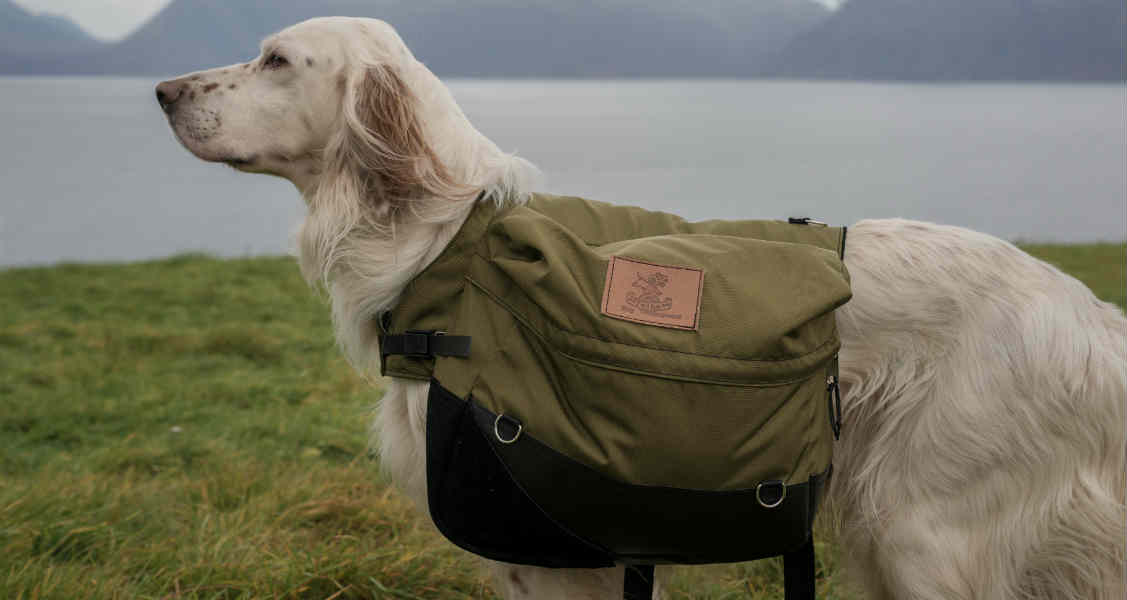What to Include in Your Pet First Aid Kit
By: Jody Smith | Jul 1, 2019

Do you have a pet in your home? If you do, do you also have a pet first aid kit? It’s a good idea to keep one in your home and another one in your car if you ever drive with your pet. You can buy a pet first aid kit ready-made, modify one made for humans, or put one together on your own.
Some of the items that should be in such a kit might surprise you. Why, you may wonder, should you have a muzzle for instance, if you would never use one on your fur baby under normal circumstances? Keep in mind that in case of an accident, your pet may act in ways that are most assuredly not in character.
A pet who is frightened, lost, hurt or in a chaotic situation can be pretty hard to handle. Don’t think of some of these things as being cruel to your precious pet. These are solid means of protection for your pet’s health and well-being, and may even be life-saving under dangerous circumstances.
Don’t leave your pet’s safety to chance. Get yourself a first aid kit and keep it close at hand.
Emergency Contact Numbers
Have phone numbers for your veterinarian’s office, for the closest emergency veterinarian clinic, and for a poison control center or hotline. You can call the ASPCA poison control center at 1-800-426-4435.
For Cleaning and Bandaging Your Injured Pet
Adhesive tape is needed to fasten gauze or other bandages. Take note: Do not use human adhesive bandages. These are not meant for your animal’s fur.
Antibiotic ointment, antiseptic wipes, cotton balls or cotton swabs, nonstick bandages, rubbing alcohol and saline solution.
Gauze can be used to muzzle an agitated animal or to wrap wounds. Blunt-tipped scissors will cut gauze for bandaging your pet.
An eye dropper or syringe can be used to flush out any wounds. They’re also good for administering any needed oral treatments.
Splints can be used in the case of broken bones or fractures.
Paperwork and Identification
You’ll want to keep copies of your pet’s relevant paperwork such as copies of his medical records.
Keep a photo of your pet available at all times in case he goes missing.
Poison-related Items
Activated charcoal and milk of magnesia are items that are helpful in the absorption of poison.
To Stop Bleeding
A styptic pencil or powder can minimize blood loss.
Towels can help reduce loss of blood.
Concerning Vomit
Don’t try to put a muzzle on a pet who is vomiting.
Take note: 3 percent Hydrogen peroxide should only be used to induce vomiting under a vet’s direction and supervision.
To Subdue a Pet in a Panic
A muzzle can be useful if your pet is agitated and might bite.
A leash can help your pet walk, keep your pet from running away and help your pet by keeping it under control.
A pet carrier can make an animal feel safer in a frightening situation and keeps it contained rather than allowing it to run off or attack out of fear.
A blanket or pillowcase can be used to restrain or transport a small pet.
Other Pet First Aid Items
Diphenhydramine tablets can be administered in the case of an allergic reaction by your pet. Only use these under a vet’s direction.
Disposable gloves can be useful. Make sure they are not latex, to prevent any possible latex allergic reactions.
A flashlight or penlight can help you see if you need to remove anything from your pet’s fur, skin, mouth or other areas. Needle-nosed pliers can facilitate any removal.
An ice pack should be kept on hand for bruising or swelling.
A rectal thermometer and petroleum or KY is the only way to take your pet’s temperature.
Tongue depressors can be used in your pet’s throat or for splinting in the case of a small pet.
Tweezers can enable you to safely remove a tick.
Sources:
Being prepared in an emergency
http://www.vet.cornell.edu/news/articles/09petfirstaid.cfm
Pet first aid supplies checklist
https://www.avma.org/public/EmergencyCare/Pages/Supplies-Checklist.aspx
What You Should Have in Your Pet’s First-Aid Kit


Disclaimer: healthcareforpets.com and its team of veterinarians and clinicians do not endorse any products, services, or recommended advice. All advice presented by our veterinarians, clinicians, tools, resources, etc is not meant to replace a regular physical exam and consultation with your primary veterinarian or other clinicians. We always encourage you to seek medical advice from your regular veterinarian.

